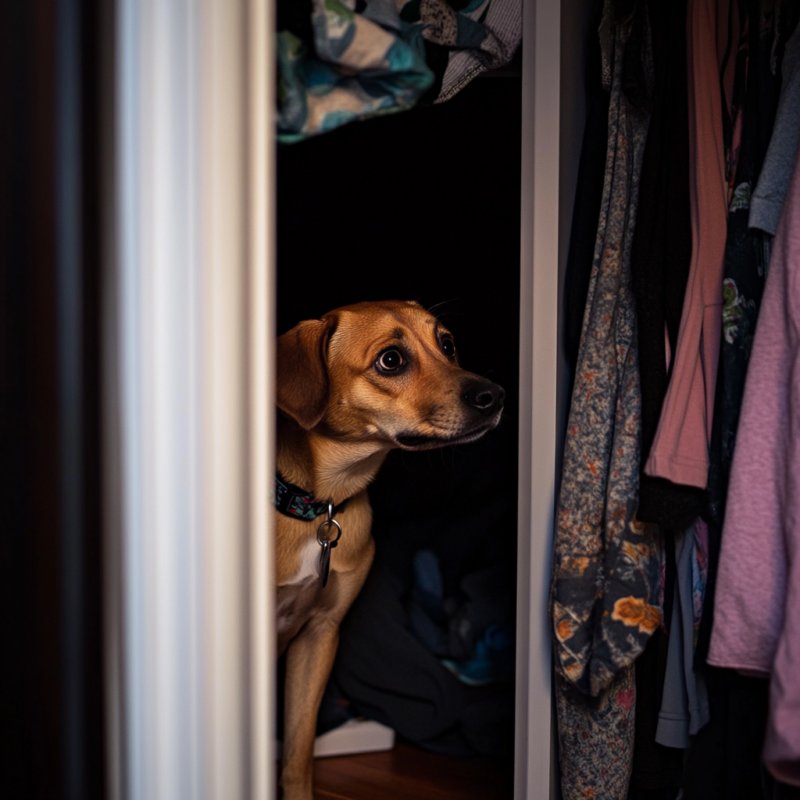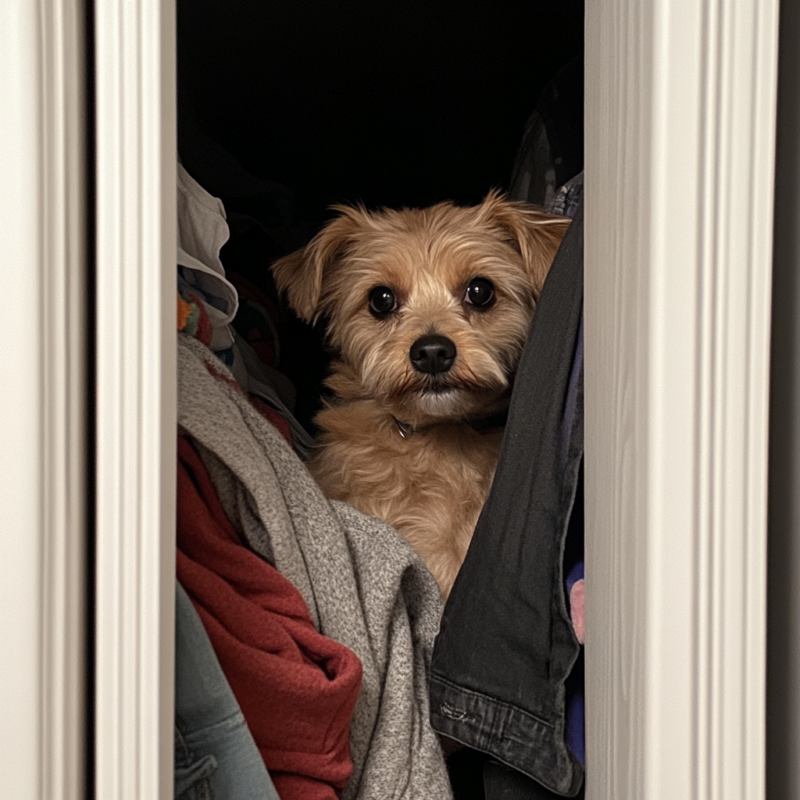Understanding Dog Anxiety: How to Identify and Help Your Furry Friend

Identifying and Dealing with Anxious Pups
Just like humans, dogs can suffer from anxiety. Whether it's due to loud noises, separation from their owners, or unfamiliar situations, dog anxiety can be a distressing experience for your pet. Fortunately, with some understanding and supportive strategies, you can help ease their anxiety and create a more comfortable environment for them. In this post, we’ll explore how to recognize signs of dog anxiety and ways to manage it effectively.
Signs of Anxiety in Dogs
Dogs display anxiety in various ways, and recognizing these signs is crucial for getting them the help they need. Common symptoms include:
- Excessive barking or whining: Dogs may vocalize more when they are anxious, particularly when left alone.
- Pacing or restlessness: An anxious dog may find it difficult to settle down, constantly moving around in search of comfort.
- Destructive behavior: Chewing furniture, tearing up household items, or excessive digging can be signs of separation anxiety.
- Panting or trembling: Some dogs may exhibit physical signs of anxiety, such as excessive panting or shaking when exposed to stressors like thunderstorms.
- Hiding or clinging: If your dog is trying to hide or clinging to you more than usual, it could be a sign they are feeling anxious.
- Changes in bodily functions: Some dogs may experience diarrhea, loss of appetite, or even accidents indoors when they’re anxious(Supliful)(Dog Carely).
Common Causes of Dog Anxiety
- Separation anxiety: One of the most common forms of anxiety in dogs occurs when they are left alone for extended periods.
- Loud noises: Thunderstorms, fireworks, or even the vacuum cleaner can trigger noise-related anxiety in dogs.
- New environments or changes in routine: Moving to a new home, new family members, or changes in daily routine can cause anxiety.
- Traumatic experiences: Rescue dogs or dogs who have had negative experiences, such as abuse, may suffer from ongoing anxiety.
How to Help a Dog with Anxiety
Managing dog anxiety often requires patience and a combination of techniques that address both the symptoms and the root causes.
-
Create a Safe Space
Designate a quiet area in your home where your dog can retreat during stressful situations. Fill this space with familiar toys, blankets, and comforting items. It serves as a “den” where your dog can feel secure(Gingr). -
Exercise and Mental Stimulation
Regular exercise is key to reducing anxiety in dogs, as physical activity releases pent-up energy and stress. Additionally, puzzle toys or interactive play can stimulate your dog’s mind, providing an outlet for their anxiety. -
Calming Products
Products like calming sprays, collars, or diffusers that use pheromones to mimic a mother’s calming scent can be helpful. There are also calming supplements and CBD oil, both known for reducing anxiety in pets(Exploding Topics)(PureWow). -
Training and Desensitization
If your dog has specific triggers (such as thunderstorms), gradual desensitization can help. Expose them to the anxiety-provoking stimulus in a controlled manner while rewarding calm behavior. Over time, this can reduce their fear response. Working with a professional trainer or a vet behaviorist is recommended for severe cases. -
Consistency and Routine
Dogs thrive on routine. Keeping a consistent daily schedule can help reduce anxiety. Meals, walks, and playtime should happen at roughly the same times each day. Any changes in routine should be introduced gradually to avoid overwhelming your pet(Gingr). -
Music or White Noise
Soft, calming music or white noise can help drown out sounds that trigger anxiety. Some pet owners find success with playlists specifically designed to soothe dogs. -
Thundershirt or Anxiety Wraps
These snug garments apply gentle pressure, similar to swaddling a baby, which can help dogs feel secure during anxiety-inducing situations like thunderstorms or fireworks(Supliful).

When to Consult a Veterinarian
If your dog’s anxiety is severe or persistent, consulting a veterinarian is essential. In some cases, medication or professional behavioral therapy might be necessary. Vets can prescribe anti-anxiety medications or suggest a treatment plan that includes behavioral training and natural supplements.
Conclusion
Dog anxiety is a common issue, but with the right support, your furry friend can feel more comfortable and relaxed. By identifying the signs early and implementing strategies like creating safe spaces, using calming products, and maintaining a consistent routine, you can help manage your dog’s anxiety effectively. Always consult your vet if anxiety worsens or if you are unsure of the best approach to take for your specific dog.
With a little patience and care, you can improve your dog’s quality of life and reduce their anxiety one step at a time. We hope you enjoyed this article from @truwnorth and it brings support for those dealing with dog anxiety.

